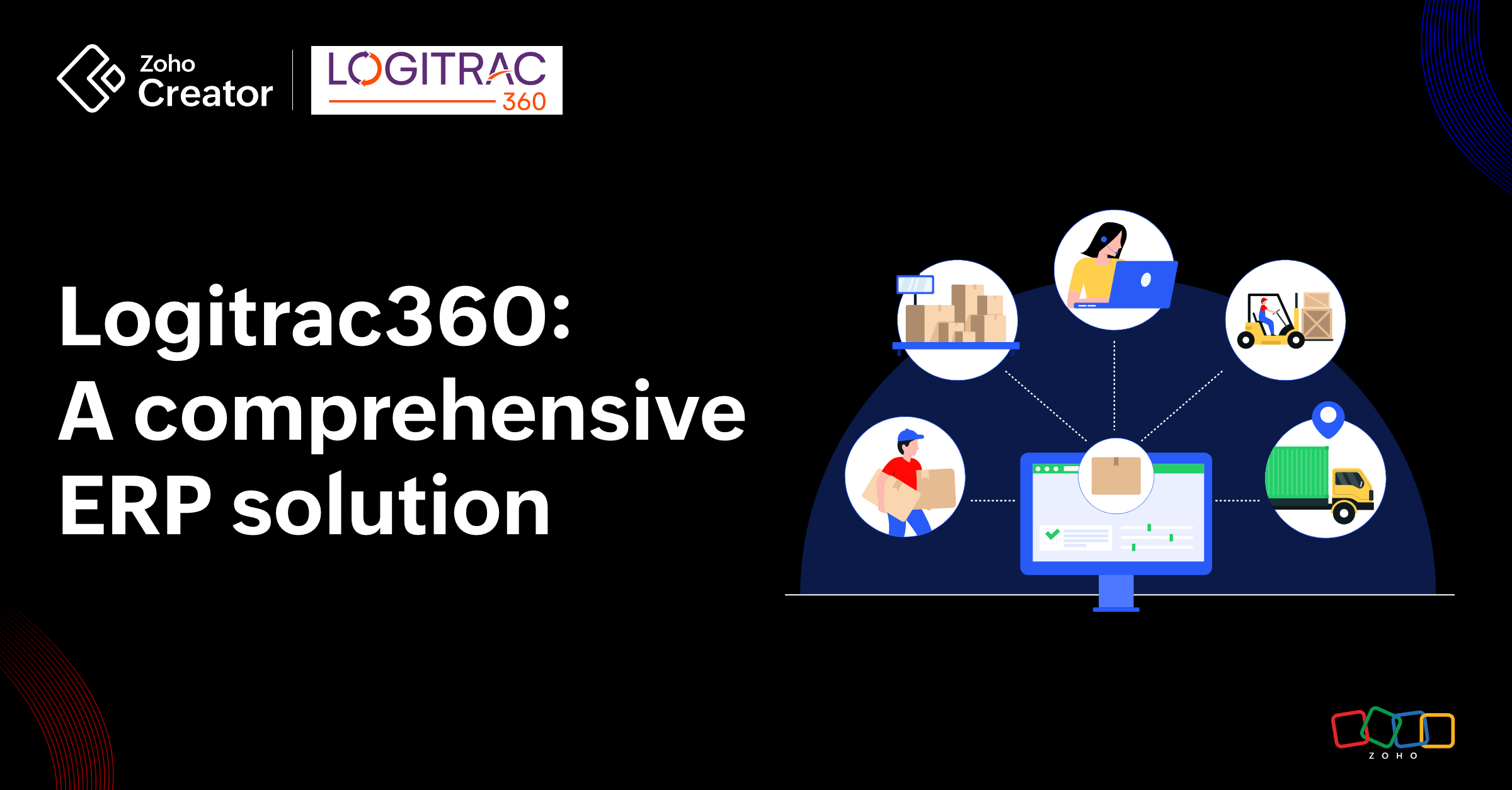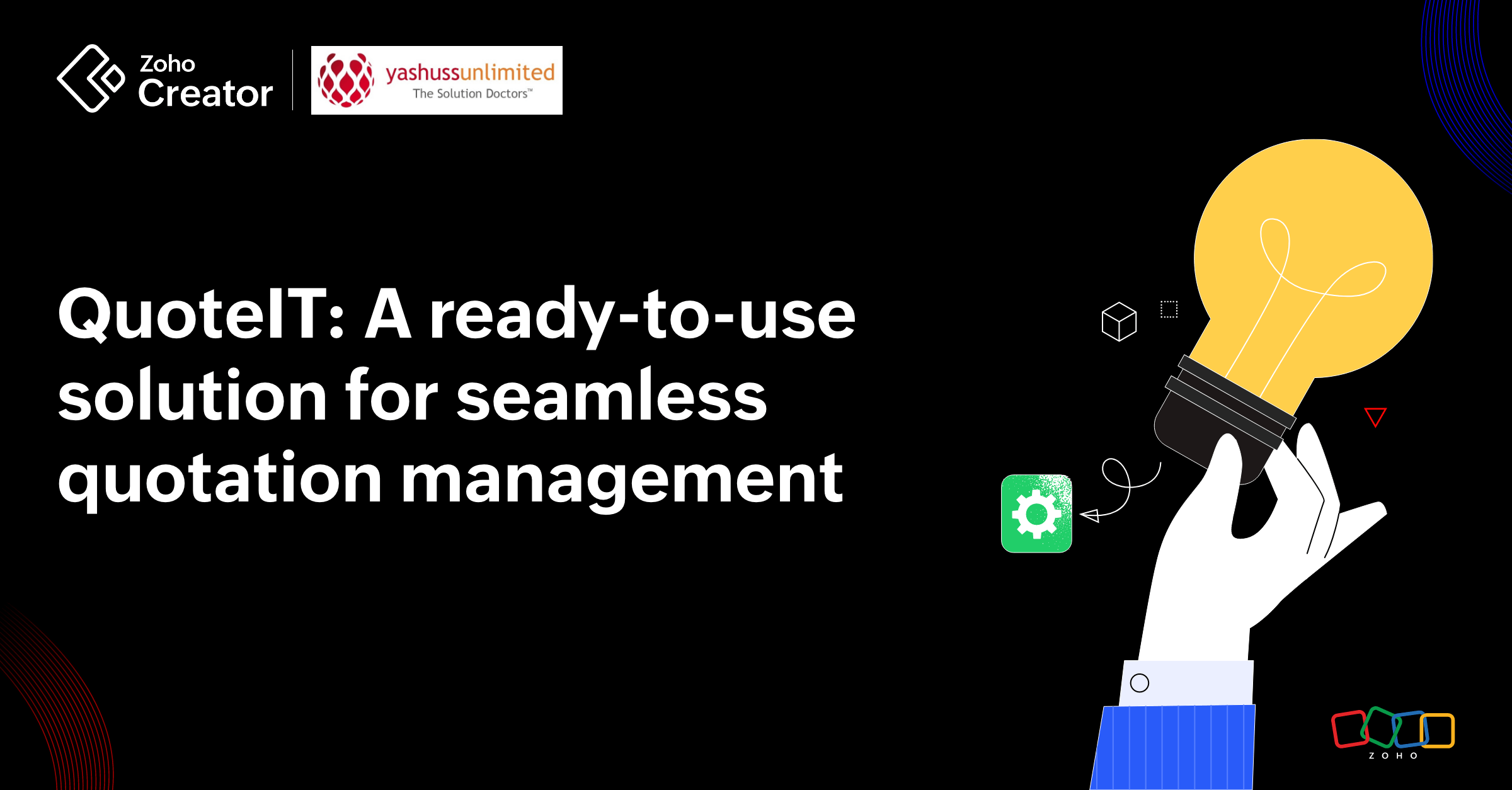- HOME
- Create Your Way
- How MTN transformed data management with low-code
How MTN transformed data management with low-code
- Last Updated : April 20, 2023
- 3.6K Views
- 4 Min Read
You’ve probably heard the phrase “data is the new oil.” It was coined by Clive Humby—the British mathematician—in 2006.
Data is the new oil. It’s valuable, but if unrefined it cannot really be used. It has to be changed into gas, plastic, chemicals, etc., to create a valuable entity that drives profitable activity; so must data be broken down, analyzed, for it to have value.”
-Clive Humby
Humby’s point is that both data and oil are worthless in their unrefined state but have great value once processed.
Why is it so hard to process data?
Formats aren’t standardized: Business is a team sport, with many employees and partners running different processes. At scale, it’s pretty common that not everyone uses the same software or format or terminology to describe your data. That’s why, when all the data reaches you, they don’t always play nice together.
Lack of analysis tools: We’re lost in an ocean of data because organizations invest in many tools for gathering data, but only a few work to harness the potential in it.
Data is siloed: And all this data is inherently siloed because it’s stored in different systems across different departments.
MTN and their procure-to-pay data challenges
MTN is the seventh largest mobile operator in the world, spread across 24 countries in Africa and the Middle East. They have multiple regions, tools, and stakeholders—and each of them produce their own trove of data.
Somebody would manually send out 24 different excels to 24 different stakeholders and ask them to provide their data, with no controls to speak of. So the data you’d get back would definitely not be smart data—you couldn’t immediately start analyzing it.
– Laila Kakar, Senior Data Analytics Manager, MTN
And that’s not even taking into account the many inconsistencies in the data they received. Some of their employees had to spend time manually bringing together data from various file formats, naming conventions, and columns, and transforming it into one cohesive data set.
Imagine getting the data and then spending almost a week harmonizing it and cleansing it, and then also spending days translating it into actual insights. The data will no longer be in real time, and you’re wasting a lot of time doing things that aren’t necessarily adding value to the business itself.
-Laila Kakar, Senior Data Analytics Manager, MTN
MTN needed an efficient method for managing their data from purchasing, cash flow, and vendor relationships. They wanted to understand their business performance across regions to make smarter decisions.
But simply installing a procure-to-pay tool wouldn’t guarantee better reporting, utilization, or compliance for a giant enterprise like MTN. Instead, they opted for a low-code platform where they can build a custom procure-to-pay solution.
5 data management lessons from MTN

1. Restrict, right from the start
We made sure that there were controls and built-in workflows in order to actually force the user, when they would put in the data, so the data would be smart, harmonized, and ready to analyze immediately, without the user having to do any manual work.
-Laila Kakar, Senior Data Analytics Manager, MTN
By setting up data quality rules you can ensure that people are able to submit data only if it meets defined criteria. Data validation rules can be set up for checking:
Contextual accuracy of values
Allowed format of values (representational consistency, accuracy)
Completeness of values
However, for cleansing spreadsheets, Zoho Creator provides a built-in AI. It will help clean up, sort, parse, and categorize the data in your spreadsheets.
2. Empower employees with self-service analytics
To make decisions, everyone should have access to the data they need. MTN provided a centralized, easy-to-use space that both technical and non-technical users could use to gain insights.
By choosing Zoho Creator, users are able to access it at any time, as it is web-based. The stakeholders themselves could log in to the dashboards and see in real time what was going on with their request.
-Laila Kakar, Senior Data Analytics Manager, MTN
3. Track what people are doing to your data
Audit trails contain details about date, time, and user information associated with every transaction in your application. Audit trails are helpful in recording the activities of users, systems, and applications, and are constantly monitored to prevent misuse, hacking, or corruption of information.
We now have clear-cut audit trails. It’s really clear which user logged in at what time, when they put in what data, and how they changed it.
-Laila Kakar, Senior Data Analytics Manager, MTN
4. Automate follow-ups and approvals
Workflow automation is a simple way to save a ton of time. MTN created workflows to manage purchase orders, stakeholder follow-ups, and invoice approvals. When a threshold date is reached, stakeholders receive automated reminders from MTN’s application. The application also sends automatic alerts to approvers when a requisition is filed, and the document can be automatically routed to the next approver (or alerts sent to others) if the requisition is delayed for any reason.
5. Connect all your data
To make smarter decisions, you must be able to see outliers, trends, and the causes and effects of data across all the software you use. This means your data should be truly connected, so that a change in one piece of software reflects in all others instantly.
We were able to automatically push the data from multiple data sources to our dashboard, and translate it automatically to help stakeholders better understand what’s going on with their P2P data.
-Laila Kakar, Senior Data Analytics Manager, MTN
Over to you
Every successful company, from Google to MTN, has found its competitive advantage in data. You, too, can gather, process, and analyze data, as it flows through your organization, with Zoho Creator.
 Rudhra Veena
Rudhra VeenaA business analyst fascinated by the transformative power of technology on business growth. She writes about what businesses can do in a digital world— effectively leveraging software and data.



